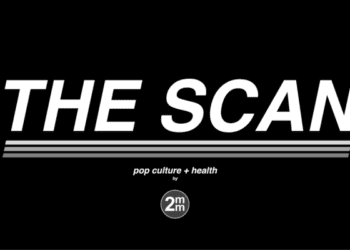Machine learning tools to predict threatened miscarriage in first trimester
Evidence Rating Level: 3 (Average)
1. Machine learning combined with hormone levels including endocannabinoid anandamide (AEA), progesterone (P4) and b-human chorionic gonadotrophin (b-hCG) may help predict threatened miscarriage risk.
2. AEA was positively correlated with threatened miscarriage and P4 was negatively correlated with threatened miscarriage.
Despite advancements in obstetrical care, 11% of women will experience threatened miscarriage, with 50% of these pregnancies resulting in an inevitable miscarriage. Currently, our ability to risk stratify these individuals is lacking, with many patients only presenting asymptomatically until they experience first trimester vaginal bleeding. This case-control study aimed to address this gap in care, by combining the levels of hormones including endocannabinoid anandamide (AEA), progesterone (P4) and b-human chorionic gonadotrophin (b-hCG) with machine learning tools to predict the risk of threatened miscarriage. Researchers recruited 119 normal pregnancy women in their first trimester and 96 women with threatened miscarriages, with 58 cases with ongoing pregnancy and 38 with inevitable miscarriage. Inclusion criteria were: single intrauterine pregnancy <13 weeks gestational age, pregnancy-related vaginal bleeding in the threatened miscarriage group, and no pregnancy related vaginal bleeding in the normal pregnancy group, and age >20 years. b-hCG levels, P4 levels and AEA levels were detected. Six different machine learning tools were used to predict threatened miscarriage. These tools were: logistic regression (LR) model, random forest (RF) model, extreme gradient boosting (XGboost) model, k-nearest neighbors classifier (KNN) model, multilayer perceptron (MLP) neural network model and support vector machine (SVM) model. In the two groups, there were no significant differences in age, BMI, AEA and b-hCG. However, P4 levels were lower in the ongoing pregnancy group, AEA was found to be strongly positively correlated with threatened miscarriage (r = 0.38, p < 0.0001), while P4 was found to be negatively correlated with threatened miscarriage (r = − 0.23, p < 0.001). The LR model was found to have the highest accuracy and precision. Limitations to this study included small sample size, unbalanced sample size, and the ability to detect hormone levels only in the first trimester, not in the second or third. Despite this however, this study may highlight an important role of artificial intelligence in the use of predicting and preventing threatened miscarriages in the first trimester.
Click to read the study in BMC Pregnancy and Childbirth
Image: PD
©2022 2 Minute Medicine, Inc. All rights reserved. No works may be reproduced without expressed written consent from 2 Minute Medicine, Inc. Inquire about licensing here. No article should be construed as medical advice and is not intended as such by the authors or by 2 Minute Medicine, Inc





![The ABCD2 score: Risk of stroke after Transient Ischemic Attack (TIA) [Classics Series]](https://www.2minutemedicine.com/wp-content/uploads/2013/05/web-cover-classics-with-logo-medicine-BW-small-jpg-75x75.jpg)
